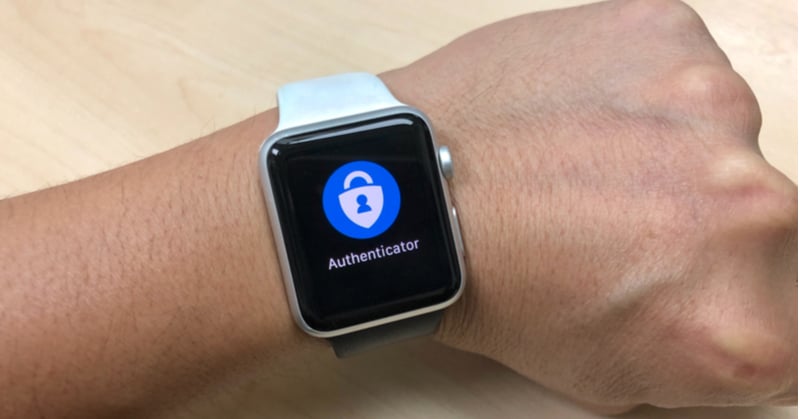Multi-factor Authentication (MFA) is a security system that requires more than one method of authentication to verify the user’s identity for a login. Combining identity credentials from for than one source (such as password + fingerprint) provides an additional layer of identification and security to protect against cyber-attacks.
MFA has become even more important as bad actors have sharpened their weapons for gaining access to private systems. Password code cracking is a real threat that potentially costs millions in losses for compromised organizations. Hacker sophistication continues to grow, so organizations must be vigilant to stay one step ahead of the threats.
Types of MFA
There are three types of authentication factors frequently used: knowledge factor, inherence factor, and possession factor. Knowledge factors require the user to answer specific questions for which only they will have the correct response. Personal Identification Numbers (PINS) and one-time passwords (OTPs) are common examples. Inherence factors are biological traits used to confirm log-ins. For example, cell phone users must provide fingerprint or facial recognition authentication to gain access to the device. Finally, possession factors require the user have something in their possession, such as a key card or badge, as part of the layered security protocol. Adding layers of security complicates the user experience, so new MFA techniques like single-sign-on (SSO) and adaptive MFA, where your device is recognized and captured for future log-in, are coming to the forefront.
Protect Your Practice and Enable Client Security
Research indicates that adopting MFA protocols can reduce security breaches by more than 75%. Establishing MFA protocols across your firm’s technology stack mitigates external risks while balancing ease of use and productivity. Many vendors offer various levels of access policies that assess risk factors that pair with appropriate authentication protocols. The greater the risk, the tighter the authentication requirements. Take a balanced approach to ensure data security while maintaining productivity.
For clients, firms can set the example by establishing secure, seamless client interactive experiences. Once clients become accustomed to multi-factor sign-on and secure file-sharing experiences, their own adoption will be more likely. Advise clients to embrace technologies – like cloud hosting and MFA – that connect the right people to the right platforms at the right time. Like you, your clients can balance the user experience with the right level of security. User management can scale up as the customer grows, while resources like customer-facing and enterprise apps that store sensitive data are protected.
When Multi-Factor Authentication Is a Must-Do
Simply moving your accounting software “to the cloud” is not a security strategy, but it is a good first step. Cloud hosting providers must ensure your data is safe but adding a layer of identity management takes security to the next level. That said, if you process credit cards in your accounting application, you are required to be PCI Compliant and utilize MFA. PCI requirements state that users with remote access or hosted access to cardholder data must use MFA. A qualified hosting provider will help you meet those ever-changing regulations, including protecting cloud servers from cyber-attacks and adding MFA to your account. So far, credit card processing is the only accounting function that requires MFA utilization. Stay tuned, though, as security regulations are expected to tighten as cyberthreats grow.
More than ever, a multi-prong approach to cyber security is essential. Identity management and access management protocols are critical to preventing security breaches. As attackers become more stealthy in their hacking techniques, organizations must respond proactively to ward off those threats. Multi-factor Authentication should be part of a layered plan to thwart phishing, brute force and other cyber-attacks. Consider adding MFA to your overall cyber-protection strategy.
.png?width=150&height=63&name=TWRlogo-regmark_blueblack%20(1).png)
.png)










Do you have questions about this article? Email us and let us know > info@woodard.com
Comments: